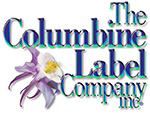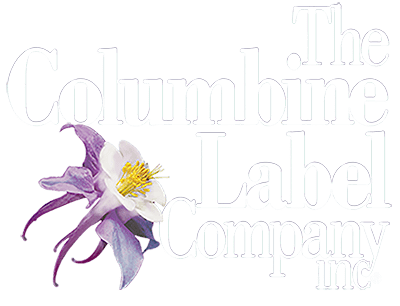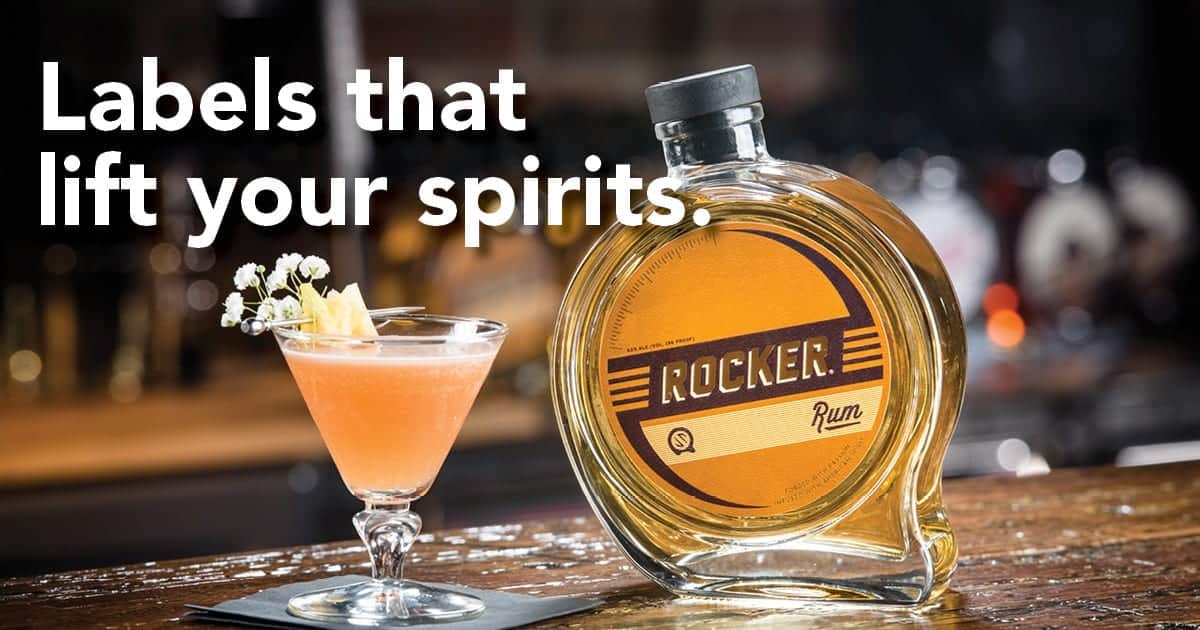Distilled spirits are soaring. A recent study by the Distilled Spirits Council of the United States (DISCUS) shows that the spirits category generated $90 billion in retail sales in 2019, continuing the spirits growth trajectory for the 10th year in a row.
Spirit label growth by segment
Growth in spirits by segment shows key trends and opportunities as well as the breadth of products that compete on retail shelves for consumer attention. According to Information Resources Inc. (IRI), year-to-year growth in spirits increased by almost $7.7 billion from 2018 to 2019 as follows, with whiskey labels, tequila, and pre-mixed cocktails leading the charge:
Category 2018-2019 Growth
Pre-mixed cocktails 27.2 percent
Tequila 13.6 percent
Whiskey 10 percent
Cordials 5.7 percent
Brandy/cognac 5.0 percent
Vodka 4.8 percent
Gin 4.4. percent
Rum 1.2 percent
Non-alcohol mixers 0.9 percent
With an abundance of consumer choices in stores, spirit brands face stiff competition on retail shelves. Spirit labels help distillers stand out on the shelf while visually representing their unique brand and product personalities.
Spirit label trends
As such, carefully crafted spirits — from premium products to volume products to novel artisanal brands – require authentic, attention-getting labels. Label approaches span modern, minimalist looks, vintage designs, and original, handcrafted illustrations.
Key trends in spirit label design include:
+ Transparent labels for a sleek, no-label look that also shows bottle contents
+ Novel bottle shapes that are visually compelling
+ Ornate, metallic labels that quickly generate attention
+ Highly textured or embossed label materials for a tactile experience
Additional label capabilities include tamper-evident seals and custom tags and bottle neck hangers.
Spirit label requirements
While spirit labels look cool and grab consumer attention, they must also meet regulatory requirements. Specifically, spirit labels are governed by 27 CFR Section 5 regulations. More information is available via the Alcohol and Tobacco Tax and Trade Bureau (TTB).
Also, spirit labels need to perform in challenging environments, such as higher humidity (such as an ice-filled cooler), refrigerated conditions, and fluctuating temperatures… Selecting the proper label material and protective topcoat is essential to ensure proper, consistent, and sustained spirit label performance.
At Columbine Label, we’ve been privileged to serve spirit distillers and produce some stunning labels that we believe help grab consumer attention and increase retail revenue for our customers.


